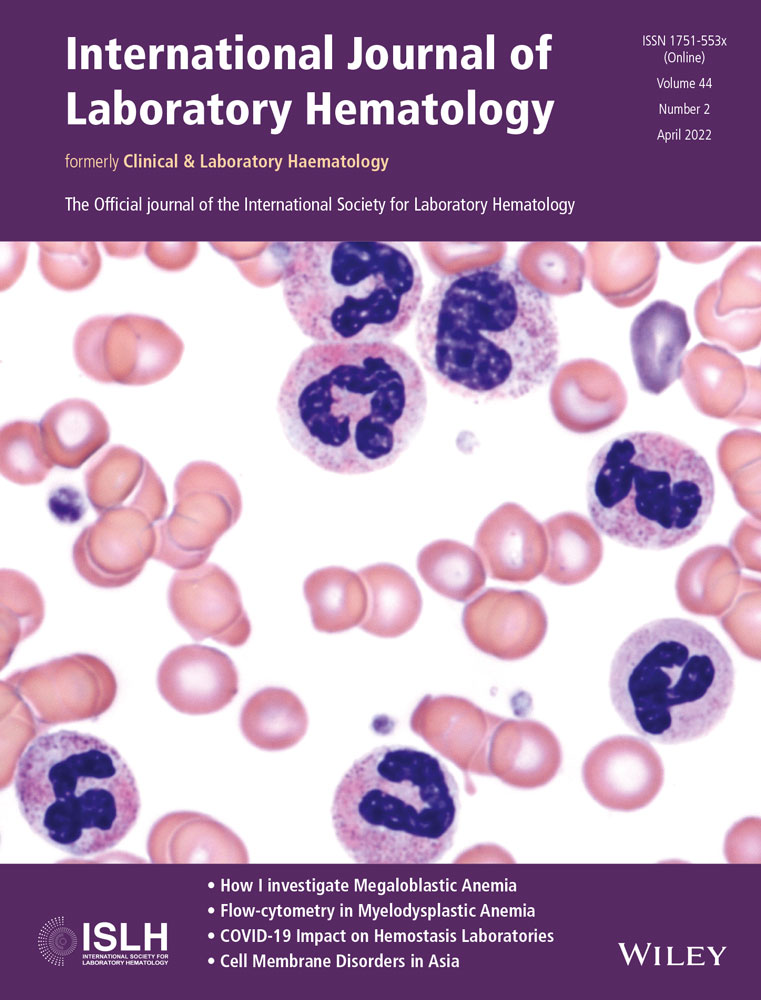A comprehensive analysis of cytopenias and bone marrow morphology in patients with a history of bariatric and metabolic surgery
This work was approved by the Cleveland Clinic Institutional Review Board: IRB 20-914
Funding information
The authors have no external funding sources to report. The work was supported by an internal grant provided by the author's institution (Robert J. Tomsich Pathology & Laboratory Medicine Institute, Cleveland Clinic, Cleveland, Ohio).
Abstract
Introduction
Following bariatric and metabolic surgery (BMS), patients may develop persistent cytopenia(s) despite adequate micronutrient levels. A comprehensive analysis of laboratory and hematopathologic findings in BMS patients with unexplained cytopenia(s) has not been previously described.
Methods
We reviewed the clinical and laboratory data, bone marrow histology, and used ancillary testing to characterize patients with a history of BMS who had subsequent bone marrow biopsies due to unexplained cytopenia(s).
Results
All patients had anemia and 59% (23/39) had additional cytopenias. Myelodysplastic syndrome (MDS) and clonal cytopenia of unknown significance (CCUS) were diagnosed in 8% (3/39) and 10% (4/39), respectively. Remaining cases were classified as idiopathic cytopenia of unknown significance (ICUS) with anemia alone (ICUS-A) in 47% (15/32) or multiple cytopenias (ICUS-PAN) in 53% (17/32). Time since surgery, age, or amount of weight loss was not associated with a specific diagnosis. No patient was vitamin B12 or folate deficient. However, vitamin B6 and zinc were decreased in 47% (5/11) and 29% (9/29), respectively. Examination of bone marrow aspirates revealed slight erythroid dyspoiesis affecting <10% of precursors in 60% (9/15) ICUS-A and 59% (10/17) ICUS-PAN.
Conclusion
Bone marrow findings in patients with unexplained cytopenia(s) after BMS are not specific in the majority of cases, and caution is advised when interpreting dyserythropoiesis. Levels of micronutrients and vitamins other than iron, folate and vitamin B12 are frequently disturbed in this patient cohort and warrant correction and close clinical follow-up.
CONFLICT OF INTEREST
The authors have no competing interests.
Open Research
DATA AVAILABILITY STATEMENT
The data that support the findings of this study are available from the corresponding author upon reasonable request.




